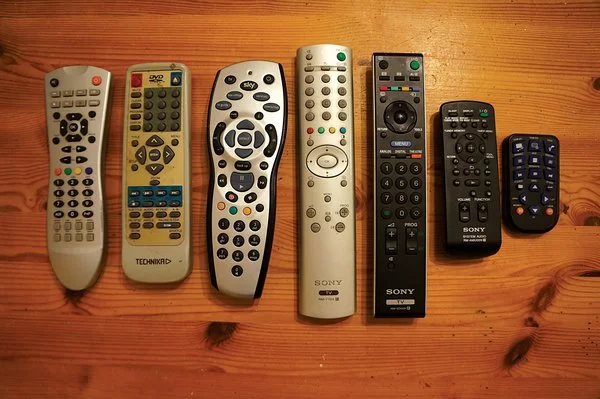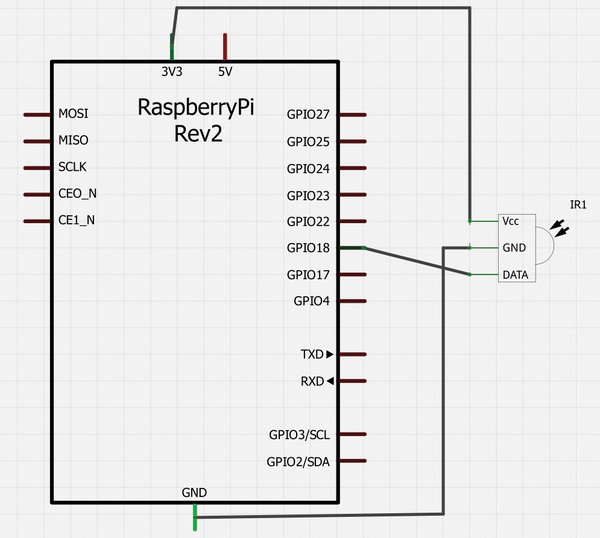The Raspberry Pi is often hailed for its incredibly cheap price. Other low-cost development and educational boards are available (e.g., the Beaglebone), but for some of these systems, the additional peripherals that are required can quickly amplify the cost. The Raspberry Pi, however, is designed from the ground up to use accessories that are already freely available in most households. For example, the choice of either HDMI or RCA video connectors allows you to use almost any TV made in the past 20 years as a display. The Pi is also (for the most part) plug-and-play compatible with your existing computer hardware – mice, keyboards, wireless dongles – and it uses a 5-volt micro-USB power supply, which is the standard for most phones and tablets (apart from those made by Apple). So, many people will already have a surplus of these accessories available in their household.

Short History of IR and Remote Control
The earliest example of a remote control using radio waves is described in the 1898 US Patent US613809 by the brilliant Serbian-American engineer Nikola Tesla. The first commercial remote intended to control a television or consumer device was the “Lazy Bones” remote, developed in 1950 by the Zenith Radio Corporation. It was a very different beast from the intricate designs found today – it only allowed you to turn the television on and off and to change channels and was actually directly connected to the television using a wire – a serious trip hazard!

For more detail: Remote Logic

